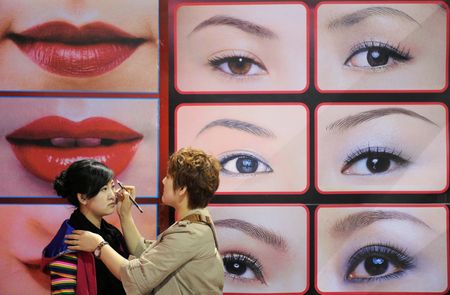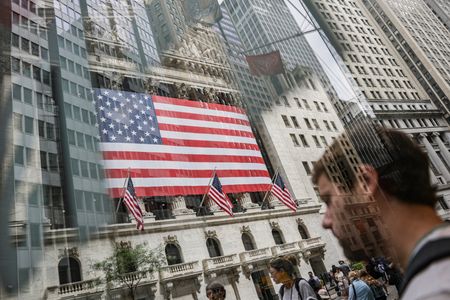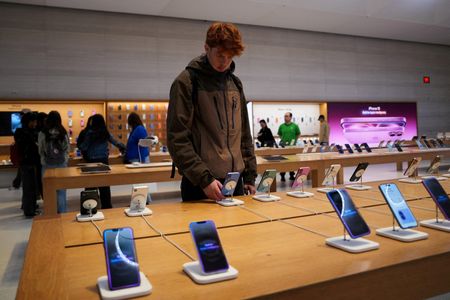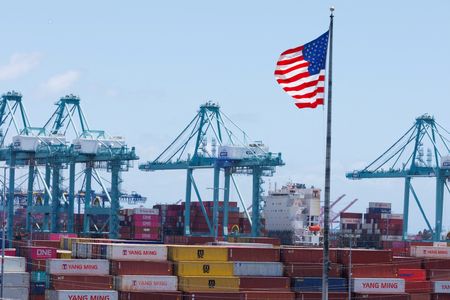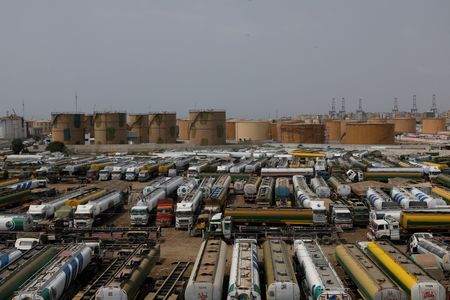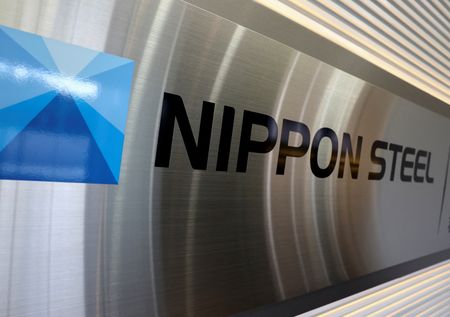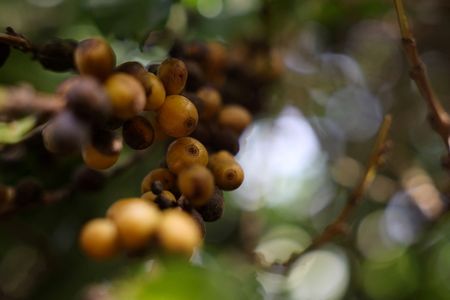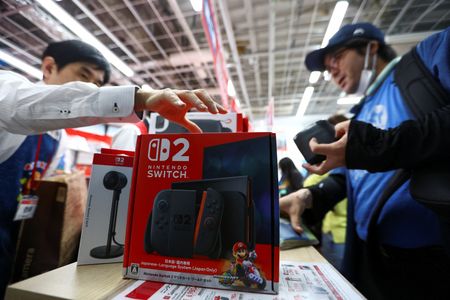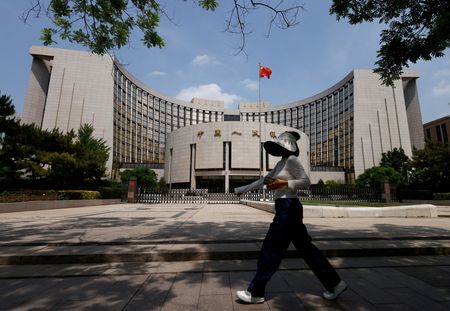By Marius Zaharia and Claire Fu
HONG KONG/SINGAPORE (Reuters) -Dwindling job and income prospects in China are fuelling intense social media chatter about the fashion and culture of the country’s high-growth period 20 years ago, in what analysts describe as a way to express discontent about the economy without attracting censorship.
The hashtag phrase “beauty in the time of economic upswings,” often accompanied by early 2000s pictures of celebrities wearing bright clothes and make-up or music videos and TV ads from that period, surged in social media mentions over the summer just as 12.2 million university students graduated.
They entered one of the most challenging job markets in decades – pandemic years aside – as the world’s second-largest economy grapples with higher U.S. trade tariffs, deflation, industrial overcapacity and sluggish domestic consumption.
While China is growing at roughly 5% this year, analysts describe it as a dual-speed economy, with manufacturing and exports running strong, while households struggle. The current pace is half of that from the 2001-2010 decade.
“The economy has its cycles, but youth doesn’t come twice,” a social media user wrote on a widely-shared post on the topic.
The State Council Information Office, which handles media queries for the government, did not respond to a comment request.
China’s ruling Communist Party exerts a high degree of control over domestic media and social media in the name of safeguarding social stability and preventing the spread of rumours and fake news.
Reports and public discussions on what the Party considers as sensitive are routinely removed from the internet, including views critical of the economy and any veiled criticism of policymakers.
On RedNote, China’s version of Instagram, the hashtag has so far garnered close to 50 million views.
Most posts come from millennial women recalling greater career and consumption choices in their twenties, says Yaling Jiang, founder of consultancy ApertureChina, citing platform data.
But it is today’s young Chinese, who face far more limited options, engaging with these posts.
“Considering when it has gone viral, this is likely a response to the widespread complaints about the declining value of higher education and the increasingly tough job market for young graduates this summer,” Jiang said.
Xiao Qiang, the founder of U.S.-based China Digital Times, which tracks China censorship, says the topic’s popularity “poses a challenge to the authorities mainly because it uses everyday symbols, such as make-up and fashion, to subtly express dissatisfaction with economic decline and life pressure.”
“It creates a collective atmosphere of nostalgia and indirect criticism,” Xiao said. “It can quietly erode public confidence in the official economic narrative.”
The content is “awkward” for censors, says Xiao, as most users share opinions over the aesthetics of China’s recent past and express positive emotions.
MARKETING OPPORTUNITY
Fashion labels such as Giorgio Armani, Estee Lauder’s Tom Ford and Valentino have sponsored “boom era”-themed posts on RedNote in the past 30 days, said Jiang.
More than a dozen stores on Alibaba’s Taobao e-commerce platform have used this tag to sell clothes.
Bloggers have promoted the “Millennial Rose” shampoo by Procter & Gamble’s Safeguard, or bulky Nike sneakers advertised on Taobao as “millennial classics reborn.”
L’Oreal-owned Maybelline, in a Weibo post promoting some of its brighter lipsticks, wrote “feel the beauty and vitality of the economic upswing.”
However, early-millennium looks are not prominent on Chinese streets. Jiang said marketing teams are leveraging the social media trend for brand awareness, not pushing new 2000s-inspired collections.
Fashion bloggers posting under the “upswing” hashtag say styles often reflect the prevailing economic mood.
This year’s make-up trends, for instance, feature the more conservative, less expressive “glass skin,” achieved through heavy use of moisturisers and hydrating primers or monochromatic looks where foundation, blushes or lipsticks can differ in gradient but belong to the same colour palette.
The 2000s embraced futurism with metallic tones, glossy finishes and pearlescent blue or green eyeshadows. Full-eyeliner looks with smoky eyes contrasted with Barbie-pink lips for dramatic effect.
“In times of economic growth, make-up is meant to look expensive and give out that glow of confidence that comes with flying careers and optimism,” one beauty blogger wrote.
(Editing by Raju Gopalakrishnan)

